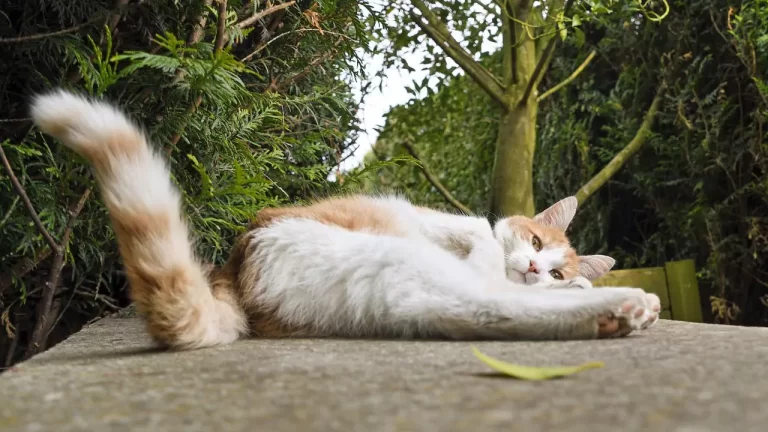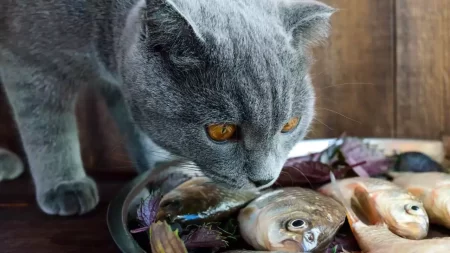The sight of a cat’s tail swishing is a familiar one, but have you ever noticed a rapid, trembling vibration at the tip? This quivering can be a confusing signal, as it can indicate a range of emotions in your feline friend. Understanding this unique tail behavior requires delving into the fascinating world of cat body language.
Understanding Cat Body Language
Cats are masters of non-verbal communication, relying heavily on their body language to express emotions and needs. To decipher the meaning of a vibrating tail, we need to consider other key elements:
- Tail position: A held-high, quivering tail often signifies excitement or anticipation, especially when approaching a human or another cat. Conversely, a tucked-low, vibrating tail suggests fear or anxiety.
- Facial expressions: Dilated pupils can indicate excitement or aggression, while narrowed eyes often signal fear or suspicion. Pay attention to any whisker twitching, which can also reflect arousal or stress.
- Eye contact: Direct eye contact can be perceived as a threat by cats, while slow blinks are a sign of trust and contentment.
- Body posture: A relaxed posture with a soft belly exposed indicates comfort and trust, while a hunched back and flattened ears signal fear or aggression.
What Does It Mean When a Cat’s Tail Shakes or Vibrates?
The meaning of a vibrating tail depends heavily on the context and accompanying body language:
Emotions and Moods:
- Anxiety: A quivering tail, paired with dilated pupils and flattened ears, can suggest anxiety or fear of an unfamiliar person, animal, or object.
- Impatience: A rapid vibration while pacing or staring at food or a closed door might indicate impatience or frustration.
- Anger: A stiff, puffed-up tail with a vibrating tip, accompanied by growling or hissing, is a clear sign of anger or aggression.
- Happiness: While less common, a gentle vibration in a relaxed cat enjoying petting or playtime can signify contentment and happiness.
Interactions With Humans and Other Cats:
- Greeting: A high, quivering tail during an approach is a friendly greeting, often accompanied by purring and head bunting.
- Playful invitation: A twitching or vibrating tail while stalking a toy or another cat can be an invitation to play.
Urination: In rare cases, a rapid tail vibration just before urination can indicate a urinary tract infection or bladder discomfort. If this occurs, consult your veterinarian.
How to Stop a Vibrating Tail?
If your cat’s tail is vibrating, the first step is to identify the trigger. Observe their surroundings, interactions, and behavior for clues. Once you understand the cause, you can take steps to address it:
Identifying Triggers:
- Remove stressors: If your cat is anxious, eliminate the source of stress, whether it’s a new pet, loud noises, or unfamiliar visitors.
- Provide playtime: Address pent-up energy with interactive play sessions using toys or laser pointers.
- Respect boundaries: Don’t force petting or interaction if your cat seems uncomfortable. Give them space and allow them to initiate contact.
Calming Techniques:
- Create a calming environment: Offer a quiet hiding spot or a familiar perch where your cat feels safe.
- Use pheromones: Feliway diffusers release calming pheromones that can reduce anxiety in some cats.
- Seek veterinary help: If the tail vibration persists or is accompanied by other concerning symptoms, consult your veterinarian to rule out any underlying medical conditions.
By understanding your cat’s body language and the various meanings behind a vibrating tail, you can better interpret their emotions and create a calm, comfortable environment for your feline companion. Remember, patience, observation, and respect for your cat’s individual needs are key to building a strong and trusting bond.







